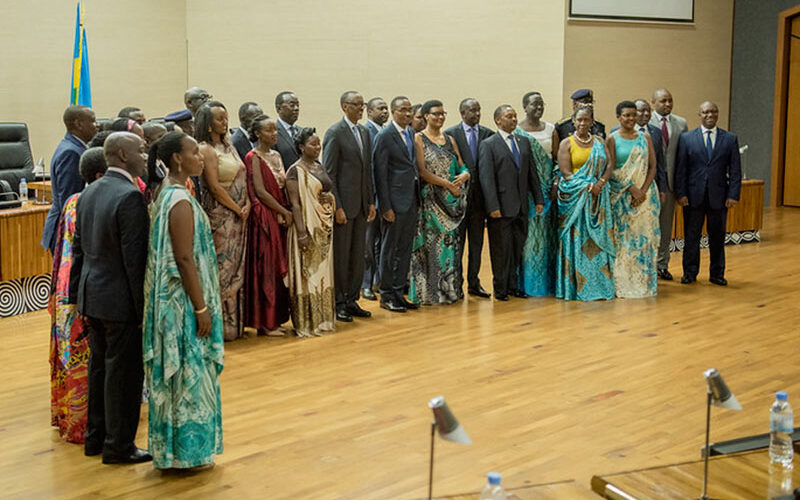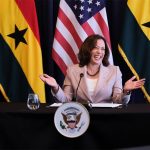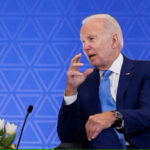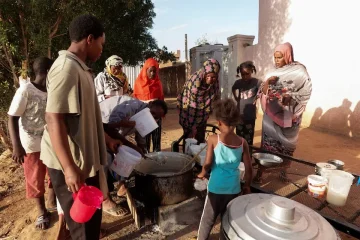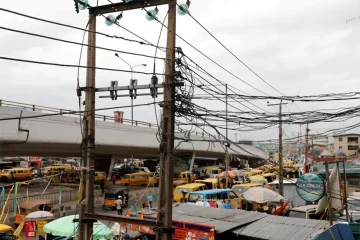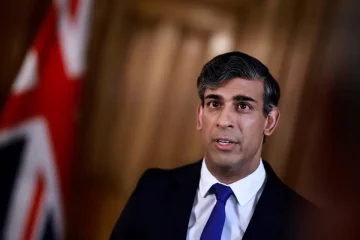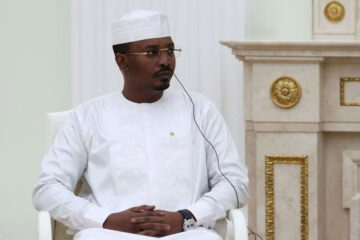ANASTASIA MOLONEY and NITA BHALLA
U.S. President-elect Joe Biden has pledged to appoint a diverse cabinet that “looks like America,” promising to bring more women into the top echelons of government.
The incoming Democrat has named Avril Haines to be director of national intelligence and Janet Yellen as secretary of the Department of Treasury – both would be the first women to hold those positions.
Biden’s promise of a more gender-balanced cabinet follows examples set in several countries spanning the globe.
Here are seven countries already leading the way:
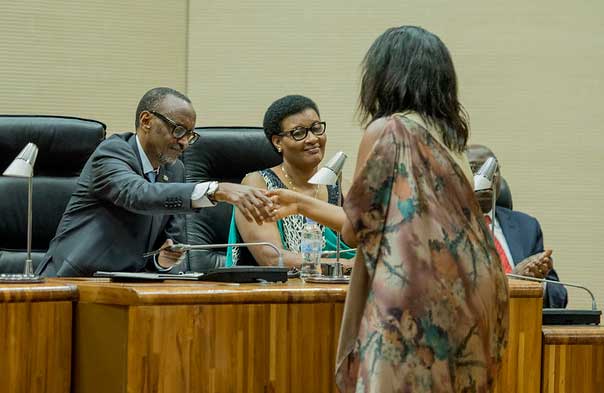
RWANDA
The small East African nation of Rwanda boasts by far the best record for female representation in politics.
Nearly two-thirds of parliamentary seats and 52% of cabinet positions are held by women. The speaker of the lower house of parliament is a woman, and female ministers hold portfolios which include information and communications technology and trade and industry.
The high participation of women is attributed to Rwanda’s 2003 constitution, drafted after the 1994 genocide, that mandates no less than 30% of political seats are held by women.
The Rwanda Women Parliamentary Forum, a cross-party women’s caucus, has helped expand the number of female-held seats with a strategy of having veteran lawmakers run for open seats and ushering in newcomers to reserved seats.
“Whenever women gain, we all gain as a country. There can be no true progress without equality,” tweeted Rwandan President Paul Kagame on International Women’s Day in March 2020.
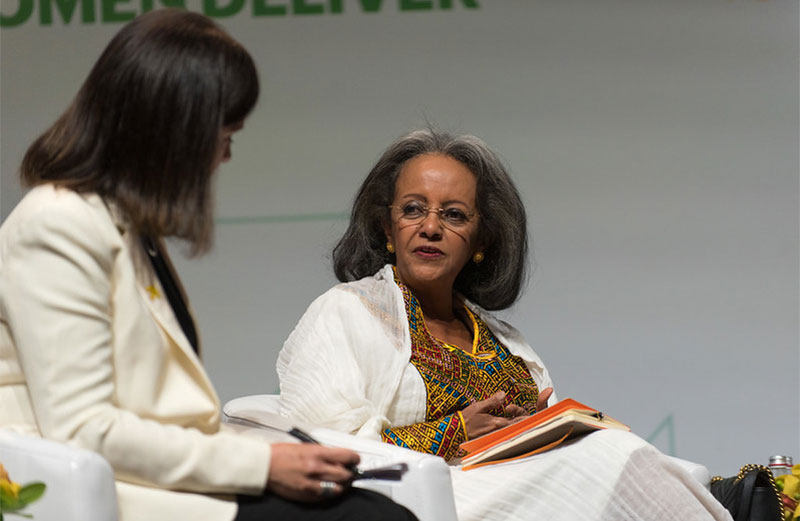
ETHIOPIA
Ethiopia, Africa’s second most populous nation, has taken steps to increase gender parity in high-level government positions since Prime Minister Abiy Ahmed took office in 2018.
Former diplomat Sahle-Work Zewde was elected the first woman president in October 2018, and women’s rights lawyer Meaza Ashenafi was appointed its first female chief justice the following month.
Ahmed also downsized the 34-member cabinet to 20, with 45% of ministerial portfolios including transport, urban development and construction held by women.
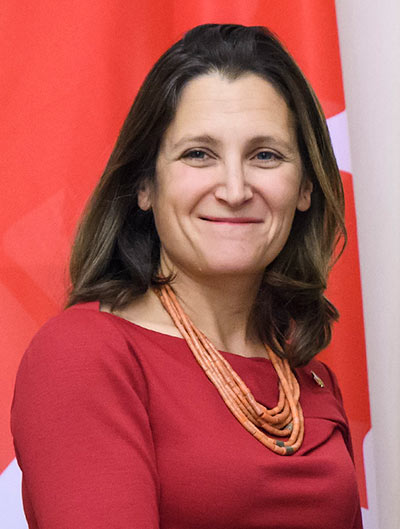
CANADA
Canada’s cabinet became gender-equal for the first time five years ago when newly elected Prime Minister Justin Trudeau introduced a 50/50 quota of men and women.
Asked why he made gender parity a priority, Trudeau said: “Because it’s 2015.”
The quota remains in place with 18 men and 18 women. The most senior woman is Chrystia Freeland, Trudeau’s deputy and Minister of Finance.
The 2015 appointees included Canada’s first indigenous justice minister and attorney general, Jody Wilson-RayBould. In 2019, however, she was kicked out of Trudeau’s Liberal Party after a falling out over the SNC Lavalin scandal, in which Trudeau was alleged to have pressured her to help the major engineering and construction company avoid a corruption trial.
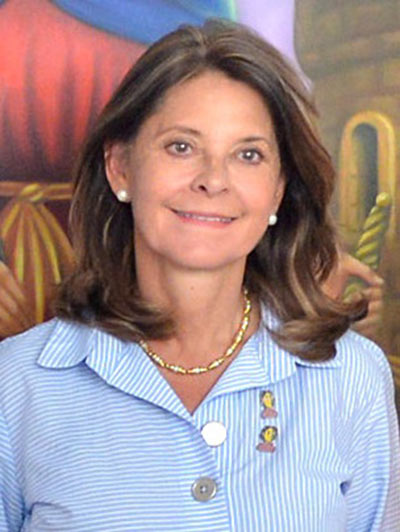
COLOMBIA
When Colombia’s conservative president Ivan Duque took office in 2018, he appointed equal numbers of men and women to his cabinet in a first for the country, including the first women to hold the influential post of interior minister.
Currently, women hold six ministerial positions out of his 16-strong cabinet, and Marta Lucia Ramirez is Colombia’s first female vice president.
“It is important that the Colombian woman assumes leadership positions,” Duque said on social media.
While Latin America is known for its macho culture, there has been a generation of female heads of state since 2007 from Brazil’s Dilma Rousseff to Michelle Bachelet in Chile, Laura Chinchilla in Costa Rica and Cristina Fernandez in Argentina.
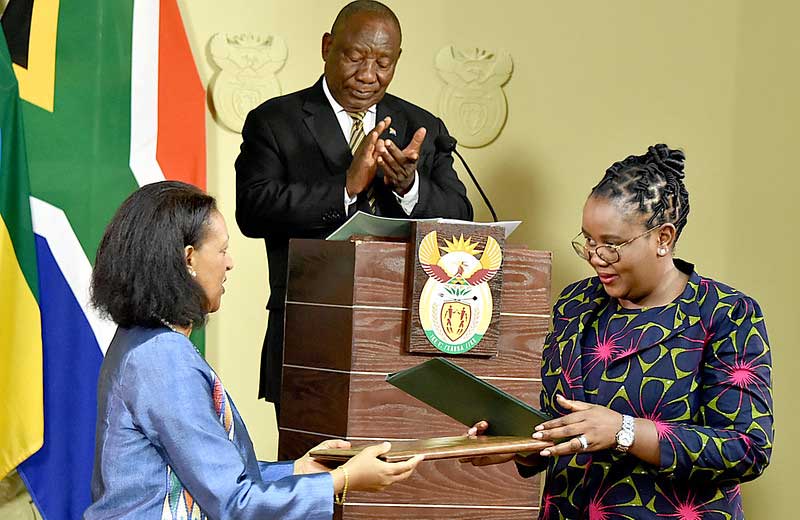
SOUTH AFRICA
In June 2019, newly elected South African President Cyril Ramaphosa was praised when half of his appointed ministers were women for the first time in the country’s history.
This move was described by the ruling African National Congress party as “a good balance of youth, gender, geographical spread and experience.”
While 14 of the 28 ministerial positions were filled by women, 47% of the overall cabinet, including the president and his deputy, was female, falling just shy of an equal split.
Despite some criticism that the top positions such as president and deputy president are still filled by men, others say it is a step in the right direction in a country with one of the world’s highest femicide rates.
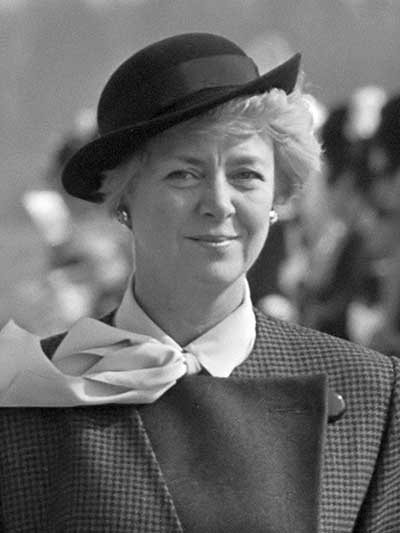
ICELAND
The tiny North Atlantic nation of Iceland has a long tradition of electing women as head of state, dating back to 1980 when Vigdís Finnbogadóttir became president. She served four terms, until 1996.
Iceland has had a female leader in 22 out of the past 50 years.
Prime Minister Katrin Jakobsdottir, Iceland’s second female leader, took power in 2017. Of the 10 ministerial posts, four are held by women, including the justice ministry.
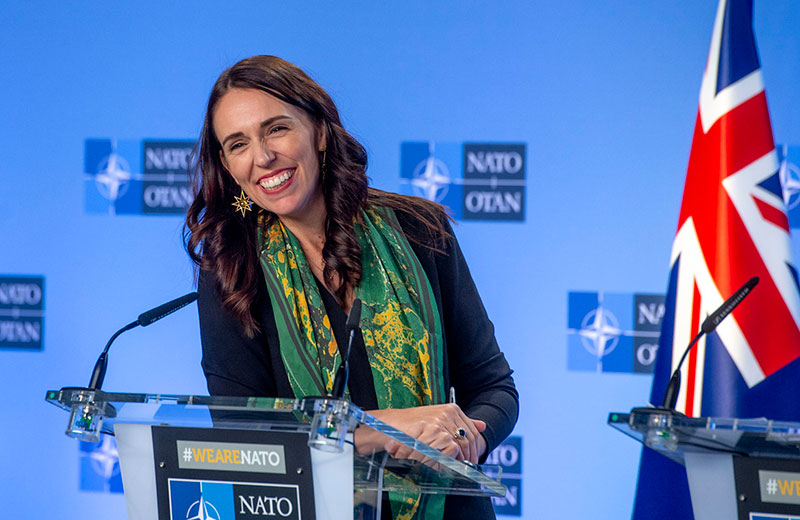
NEW ZEALAND
There are eight women in the new 20-member cabinet, or 40%, falling short of Ardern’s goal of a gender-balanced cabinet.
Incumbent Prime Minister Jacinda Ardern won a landslide re-election in October and has built New Zealand’s most diverse parliament, with a record number of women and minorities.
Still, women make up half of the top 10 cabinet positions, including the first female foreign minister, Nanaia Mahuta, an indigenous Maori woman with a distinct facial tattoo.
Ardern, who became the world’s youngest female head of government in 2017 at age 37, said her second-term cabinet represented “renewal” in a country that was the first to give women the right to vote in 1893. – Thomson Reuters Foundation.

